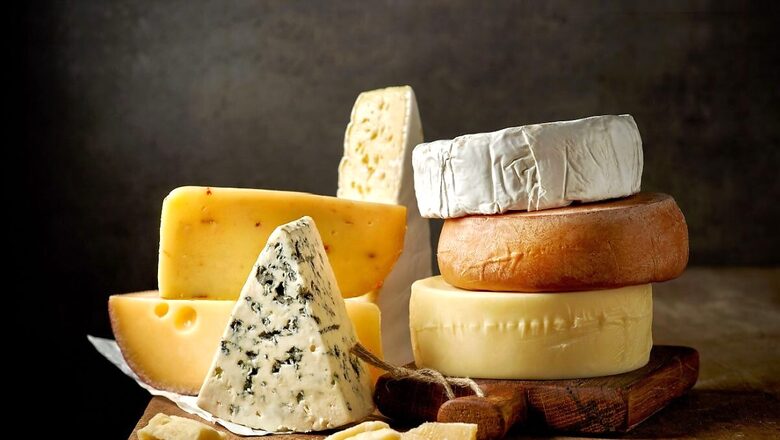
views
From the creamy delight of Camembert to the piquant bite of blue cheese, each type offers a distinct flavour that tantalizes the taste buds. Whether savoured solo, paired with wine or melted into dishes, cheese is no doubt everyone’s favourite. When discussing the world’s finest cheeses, France inevitably takes the spotlight. However, to the dismay of foodies worldwide, France, renowned for its exquisite varieties like Camembert, brie, and blue cheese, now grapples with a crisis.
These varieties are threatened with extinction due to a collapse in microbial diversity, as highlighted by France’s National Center for Scientific Research (CNRS). Camembert, a soft, creamy cheese made from cow’s milk and originating from Camembert, Normandy, is particularly at risk, with CNRS stating it is “on the verge of extinction,” as per a report in CNN.
Historically, cheesemakers utilised various strains of Penicillium biforme fungus for Camembert, each contributing to the cheese’s unique aroma, colour, and flavour.
However, around a century ago, the industry exclusively embraced a particular albino strain known as Penicillium camemberti, resulting in a reduction in the diversity of Camembert’s traits. This strain, incapable of mating with other fungi, has evolved over time, leading to a decline in its capacity to produce asexual spores. As per the CNRS report, this means “it is now very difficult for manufacturers to obtain sufficient quantities of P. camemberti spores to inoculate their Normandy cheese production.”
As a result, Camembert production has become challenging. The cheese industry’s extensive dependence on P. camemberti has markedly diminished microbial diversity in industrially produced cheeses, jeopardizing not only Camembert but also other varieties such as brie, gorgonzola, and roquefort. This decline in diversity has raised alarms among cheese enthusiasts, prompting widespread apprehension about the future of their beloved cheeses.
While the disappearance of Camembert is a possibility, it may not occur imminently. Cheese producers could potentially save Camembert by inoculating cow’s milk with other P. biforme moulds, with some differences in appearance and aroma, as per CNRS report.
The fate of Camembert ultimately rests on the willingness of consumers and producers to adapt to these changes, ensuring that this iconic French cheese can be enjoyed for generations to come.




















Comments
0 comment